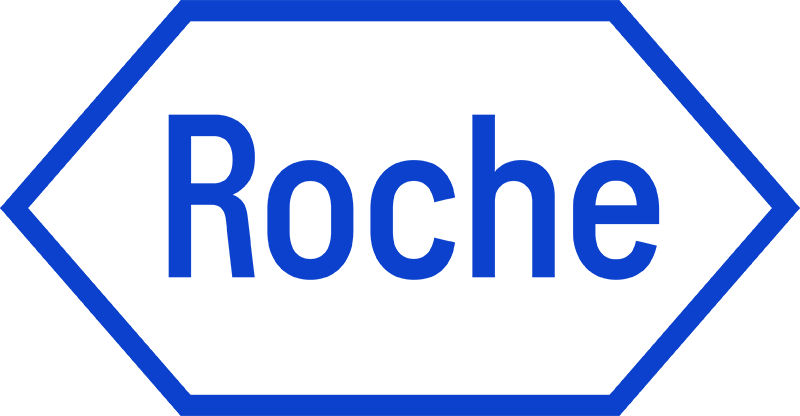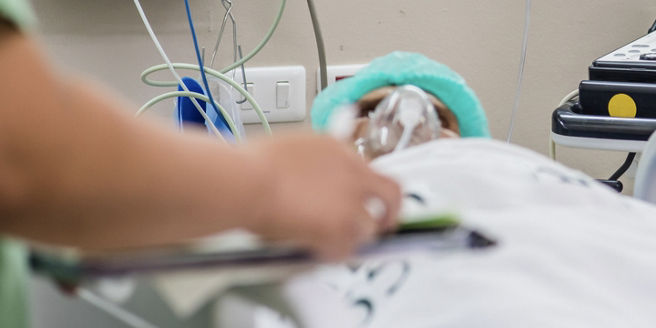Infectious diseases are becoming increasingly difficult to manage
Particularly challenging among these are infections caused by novel pathogens. In 2003, severe acute respiratory syndrome (SARS) sparked international concern when a single case, originating from the Guangdong Province in China, rapidly spread to 26 other countries in a matter of weeks.1 Less than two decades later, the World Health Organization (WHO) declared an international public health emergency due to the outbreak of the infamous COVID-19 (SARS-CoV-2).
The degree to which healthcare organizations can effectively combat an outbreak largely depends on two factors: the timely development of high-quality diagnostics and the ability of assay manufacturers to make tests widely accessible.
The ability to quickly confirm or clear suspected cases is crucial during global outbreak scenarios.2
In today’s connected societies, successfully managing a global pandemic
requires a modern approach to testing. Healthcare companies have
demonstrated the ability to drastically reduce the development time for
new assays. However, many laboratories struggle to implement them
at scale. This is typically due to time-intensive manual processes—
a challenge that can be solved with automation.


